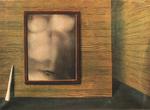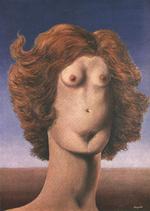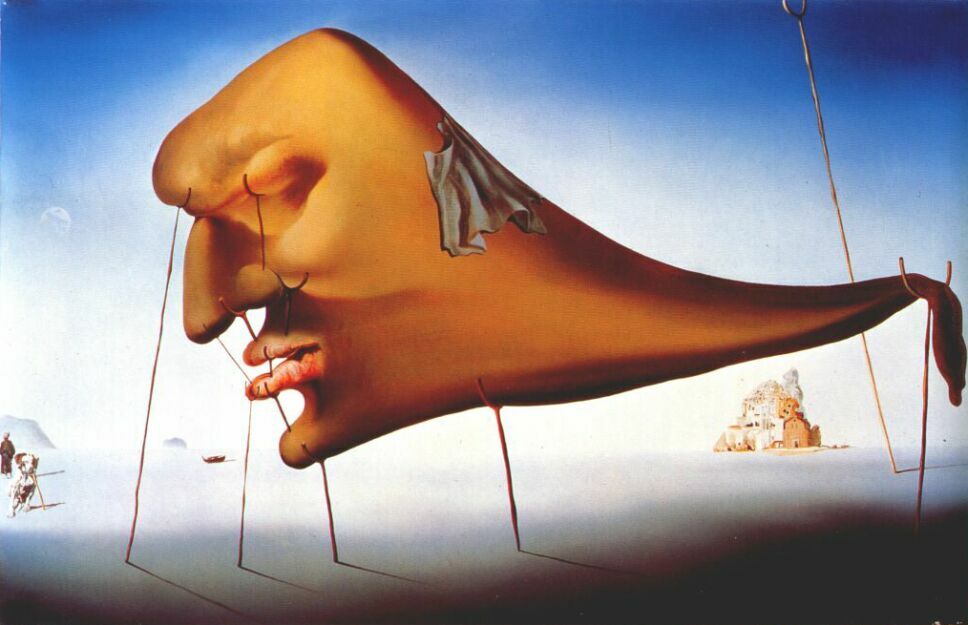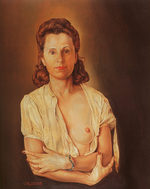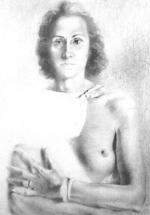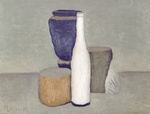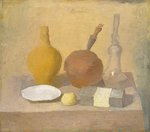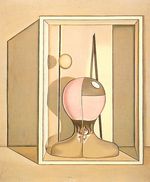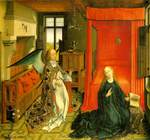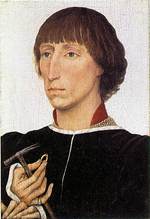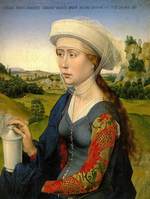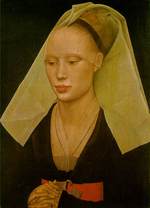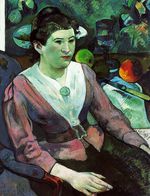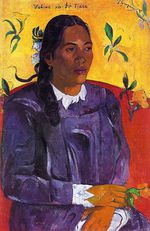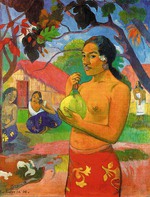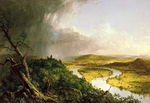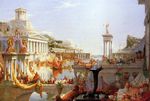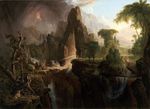
|
Featured Artist at the e.Gallery this week is a 20th Century artist of the Futurist movement, Giorgio Morandi [Italian, 1890-1964] Link: http://fineart.elib.com/fineart.php?dir=Alphabetical/Morandi_Giorgio
Giorgio Morandi was born in Bologna on 20 July 1890. He displayed an artistic talent at a very young age and in 1907 he enrolled at the Academy of Fine Arts. Up until 1911 his scholastic performance at the Academy was excellent, but the final two years were marked by conflicts with his professors due to his change in interests now that he had identified his own artistic language. His artistic influences ranged from Cézanne to Henry Rousseau and from Picasso to André Derain. At the same time Morandi developed an interest in the great Italian art of the past. In 1910 he visited Florence where he admired the masterpieces of Giotto, Masacci and Paolo Uccello. In 1914 Morandi began to exhibit his work. At the Hotel Baglioni in Bologna he took part in the famous five-artist exhibition together with Osvaldo Licini, Mario Bacchelli, Giacomo Vespignani and Severo Pozzati. The years of the First World War correspond to his metaphysical period, during which he produced about ten works that underscore the importance and independence of his role in the metaphysical movement. In the twenties his works assumed a greater degree of plasticity. This marked the beginning of his still-life period, characterized by the metaphysics of everyday objects. Without moving from Bologna, Morandi continued to play an active part in the intellectual debate. Although he did not travel abroad until 1956, he nonetheless always showed a lively interest in important international events. His teaching career was emblematic of the esteem he enjoyed in intellectual and official circles of the period. After teaching for many years in the municipally-run drawing schools, in February 1930 he was given the chair of engraving at the Academy of Fine Arts in Bologna on the strength of his reputation alone. He was to teach here until 1956. Even more important than his participation at the Venice Biennials was that of the Rome Quadrennials. In 1930 and 1935 he was on the acceptance committee and also took part as an artist with a few highly representative works. But he came to controversial public notice at the third edition of the Rome exhibition in 1939, where he had an entire personal room with 42 oil paintings, 2 drawings and 12 aquafortis etchings and won second prize for painting after the younger Bruno Saetti. There were heated arguments surrounding both the awarding of the first prize and the value of the work displayed in the Morandi room.
Morandi continued to work in his studio in Via Fondazza and in the summer in the town of Grizzana in the Apennine hills near Bologna. After the Second World War broke out, in June 1943 he left as an evacuee for Grizzana. This marked the beginning of what Francesco Arcangeli has defined as his “great period,” corresponding to the landscapes and still-lifes of 1942–43. At the 1948 Biennial, Morandi won first prize, thus rekindling the interest of the press and the public in an artist that a select but growing circle of admirers were now hailing as one of the greatest masters of the century. Morandi was highly considered in the most exclusive international circles and some of his works appeared at prestigious exhibitions in Northern Europe and the United States. A glance at the list of foreign exhibitions is sufficient to give an idea of the esteem in which this Bolognese artist was held.
|

